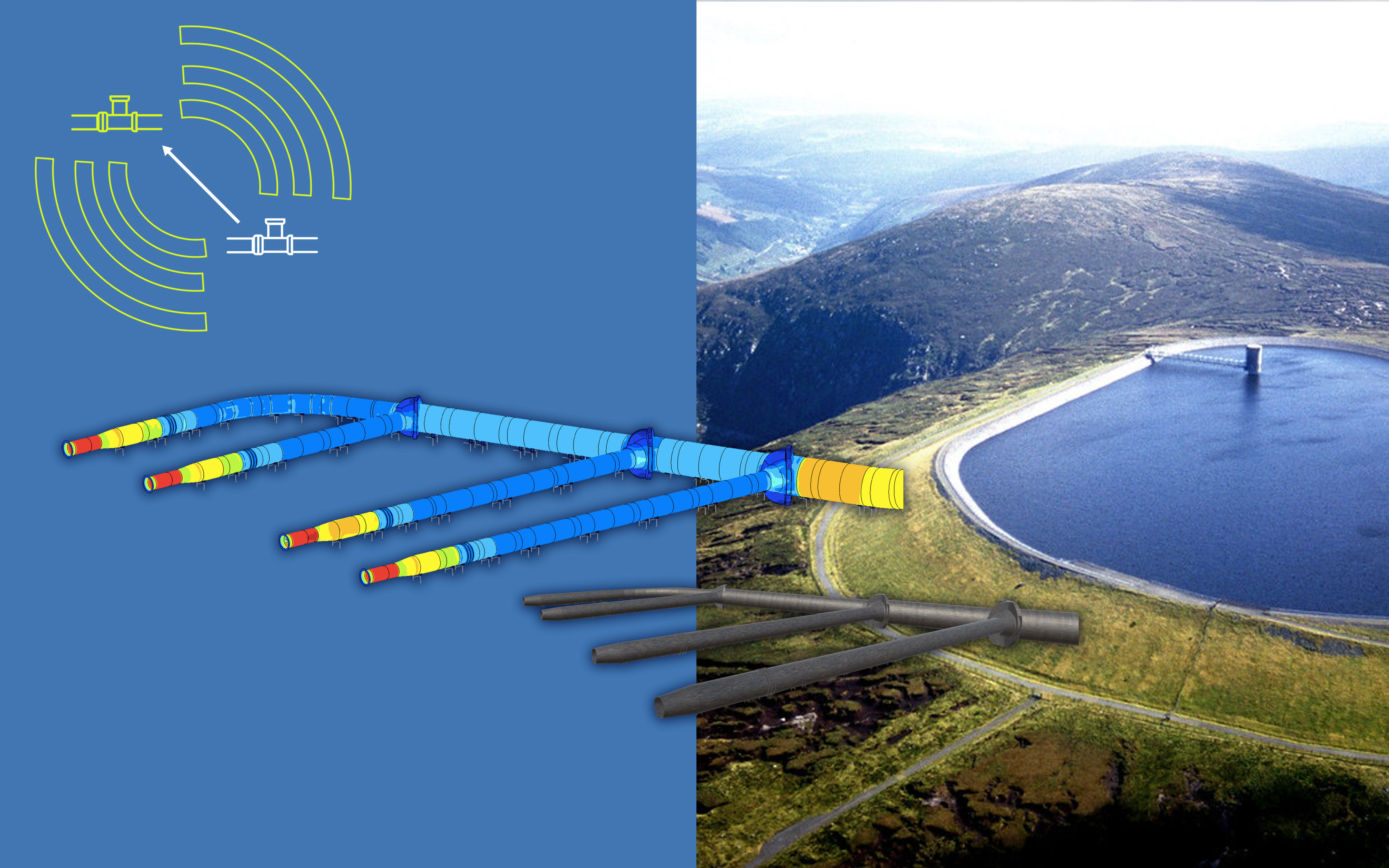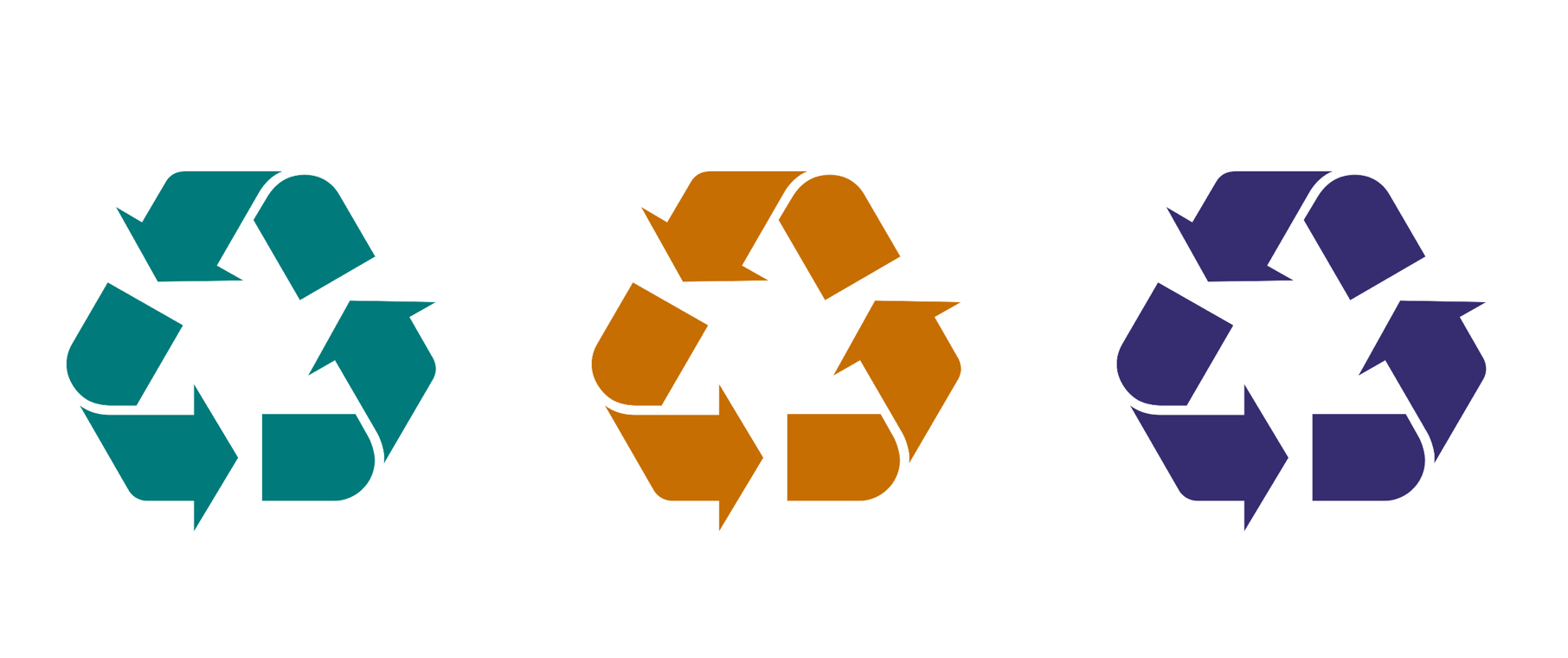672 results found
Featured results



More results
Up to US$ 50 million sovereign-guaranteed loan to Barki Tojik for Phase I of the rehabilitation. Phase I is co-financed with funds from the Pilot Program for Climate Resilience.
Parties involved (public and private): Risen Energy (China) Co. Ltd. (The Developer), EBRD and Green Climate Fund (Lenders), Risen Energy (Hong Kong) Co. Ltd. (EPC Contractor), Financial Settlement Centre (the Offtaker).
The project entails financing of USD 30mm in Kazakh tenge equivalent from the EBRD and up to USD 10.4mm in US dollar and euro equivalents from the Clean Technology Fund, and a USD 12mm in KZT equivalent from the ADB to Baikonur Solar LLP, owned 51% by the United Green Group, a privately-owned strategic investment group, and 49% by a subsidiary of a Kazakh state-owned development fund, for the development, construction and operation of a ground-mounted fixed-installed solar photovoltaic power plant with a total capacity of up to 50MWp and an associated new substation in the Kyzylorda region of south Kazakhstan.
Two senior loans totaling up to EUR 243.5 million in local currency equivalent with a 6-year tenor (the ?Loans?) to the state-owned companies Intergas Central Asia JSC (KZT 53.9BN and EUR 100MM in Kazakh tenge equivalent) (?ICA?) and Kaz TransGas Aimak JSC (KZT 12.9BN) (?KTGA?), the Bank?s existing clients and fully owned subsidiaries of KazTransGas JSC (the ?Sponsor?, ?KTG?), the national gas operator of Kazakhstan.
Parties involved (public and private): Fotowatio Renewable Ventures B.V. (Developer), R2E2 Fund (on behalf of Republic of Armenia), EBRD and IFC (Lenders), CMEC (EPC), ENA (Off-taker)
The Certification System's development brings together a wide range of experts including representatives of international financial, expert and civil organisations and associations such as the World Bank, the OECD and the World Wide Fund for Nature, consulting companies, leading infrastructure investors, executive authorities and other stakeholders.
The ITF Transport Outlook provides an overview of recent trends and near-term prospects for the transport sector at a global level as well as long-term prospects for transport demand to 2050.

Can the needs of rapid urbanisation open the door to innovative emerging technologies?
Renewable energy is being used in multiple forms these days. Construction companies, especially those involved in large projects, also have an impact on the environment.
Bridging the US$15 trillion infrastructure gap has become crucial given the economic impact of COVID-19. GI Hub's Strategic Advisers deep-dive into a way forward to attract private capital.

Public investment in infrastructure is more effective in increasing economic output than other types of public spending



Investment in public transit infrastructure can contribute to creating more inclusive societies. Public transit services are more often used by lower-income households, women and ethnic minorities.



Public investment in infrastructure is more effective in increasing economic output than other types of public spending



Investment in public transit infrastructure can contribute to creating more inclusive societies. Public transit services are more often used by lower-income households, women and ethnic minorities.


Smart Airports are airports that rely on the use of connected technologies such as Internet of Things (IoT) devices, GPS and sensors to perform planning and operations tasks digitally and support operational staff, optimising passenger flows and the activities of the airport staff across the airport
3D Infrastructure Models are built to digitally visualise design information (technical drawings, plans, elevations, etc
Autonomous Vehicles (AVs) or Driverless Vehicles are a new vehicle mode which can sense their environment and operate safely without human input or control
Waste is treated very differently around the world
Autonomous Shipping Ports can utilize some, or all, of the following five main components to deliver more efficient, productive and safe port operations: Automated equipment - Automated equipment can include automated robots, vehicles and cranes (see also the Automated Robot Cranes Use Case) that automate processes including ship to shore, yard operations, ground transportation, maintenance and gate automation without direct human involvement














